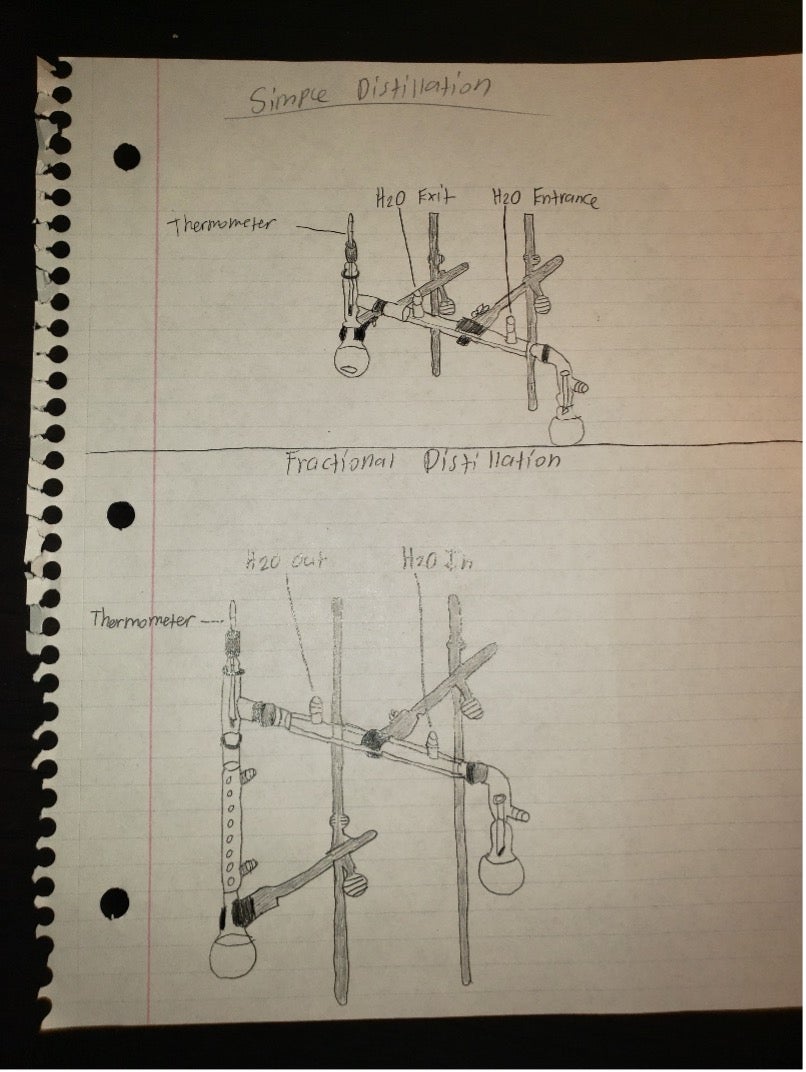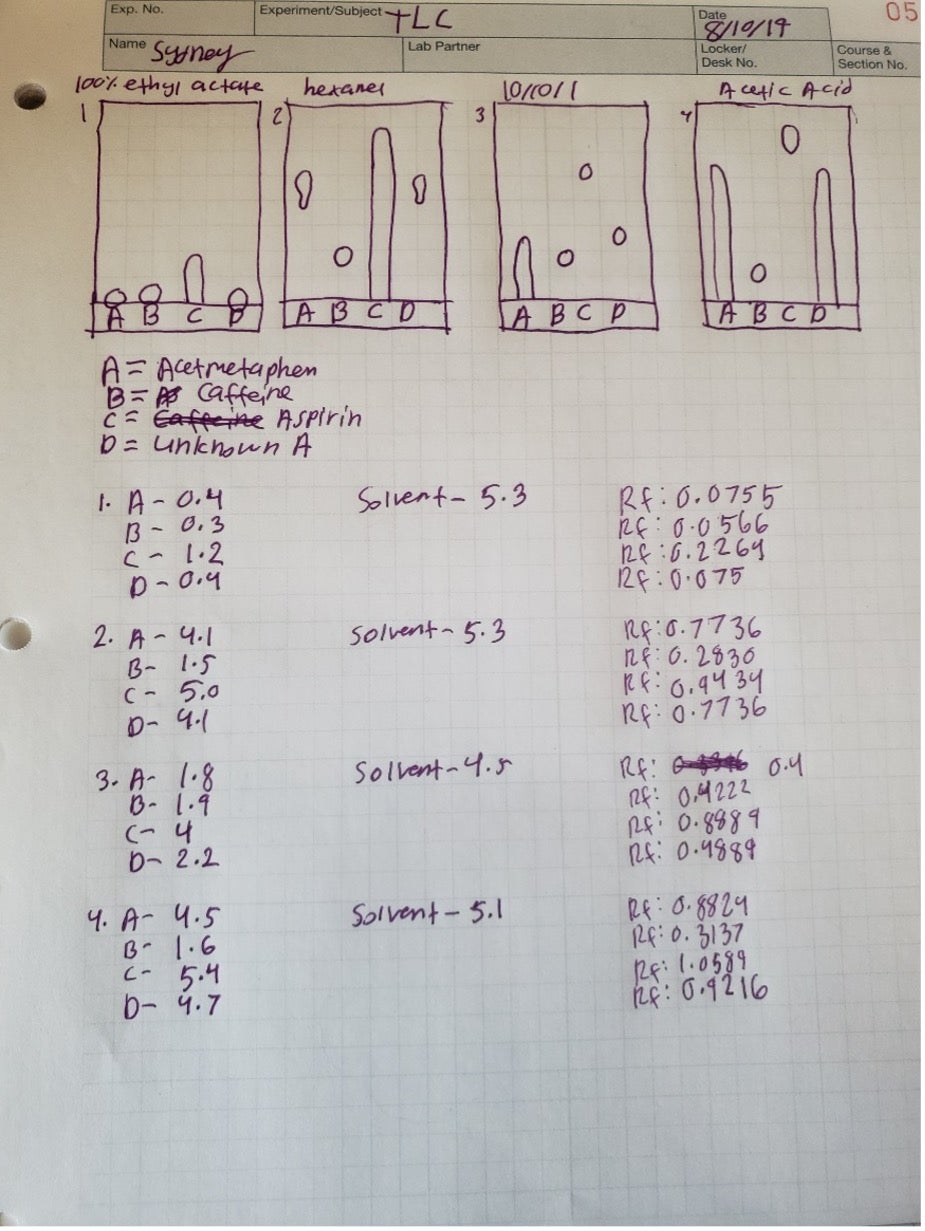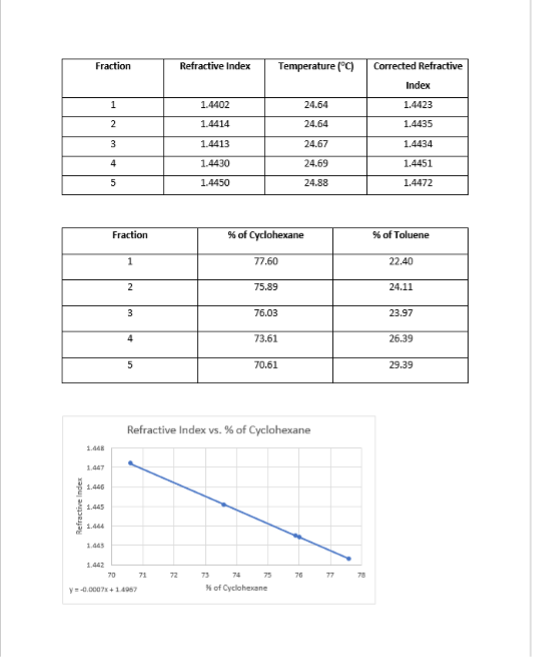Chapter 3: Literacies across the disciplines
3.3.1 Writing in a chemistry lab (argument from experience)
Sydney Arnold
English 102, September 2020
Before having a chemistry lab, I did not realize how much writing is involved in a chemistry lab. There was also quite a bit of reading that had to be done before every lab. I have taken four chemistry labs at Cleveland State University. For every single one I was required to write a pre-lab, results in my lab notebook, and a lab report. All these items were turned in the next week after a lab was completed. Even though some of these writings could be annoying, they helped us learn the material for the lab while also helping us learn the material for the chemistry lecture. These chemistry labs and reports also taught us skills that are important for a career in a science-related field.
Before every chemistry lab, I was required to write a pre-lab. Before writing the pre-lab, I had to read the material we were given about the upcoming lab. These readings gave us information on the concepts we would be going over in the lab and some reading told us how to use and read the equipment we would be using in that lab. Now each TA did the pre-labs differently, but generally they followed the same format. We had to write the objective, the procedure, and answer any questions we were asked to do which could include calculation or theory questions. The objective was just what the main point of the experiment was. For instance, the objective for the lab Titration Curves of Strong and Weak Acid Bases was to interpret the shape of a titration curve. The procedure was in a step-by-step format which varied between having just a few steps to have multiple pages of steps. Generally, there would be around two or three questions to answer and they were normally theory and calculation questions. In organic chemistry, we were required to draw schematics in our pre-labs. I have included a picture below of a schematic I drew for the Distillation lab below.

The schematics are based on a picture out of the lab textbook or other reading material. Schematics let us know how to set up equipment and how it works which was extremely helpful. The reason we were required to do pre-labs is because they help us understand what we are doing in the lab before we do it so there are little mistakes, and everyone is safe.
In the chemistry lab, we were required to have a carbon fiber notebook to write our lab results in. A carbon fiber notebook makes a copy of what you wrote on the piece of paper behind the paper you are writing on. It had to be carbon fiber because the TA would take a copy of the results at the end of the lab and we would take the other copy home so we could use it to write the lab report. We would write answers as either numbers or as a graph or some sort of visual. The image below shows an example of what a finished lab notebook could look like.

If you look at the image of the lab notebook it includes the results that were seen on four different cards, what substances A, B, C, and D are, and the calculations for the experiment. This is what most lab results look like. Unfortunately, it is highly recommended to write in pen on these notebooks to make sure the next copy is clear which is why there are a couple of scratched out things. Using these lab results I was able to later write my lab report. Doing the calculations for a lab report was extremely helpful because these calculations were also used in the chemistry lecture on quizzes and exams so it gave us extra practice and the TA’s would give more information on how to do the calculations if needed.
In the chemistry lab, we were required to write a lab report after each lab. Once again, each TA had us do different things for the lab report, but the format overall is the same. Every lab report had an introduction, procedure, results and discussion, and a conclusion. Some TAs’ had us put a schematic diagram or materials used in the lab report. The introduction introduces the experiment by including background information, an explanation of the experiment, and the objective of the experiment. The results and discussion were an area to provide our results and explain them. The results could be presented in a variety of ways which could include tables, graphs, calculations, and observations made during the experiment. We would also have to explain what our results mean and compare our results to the true results and explain possible reasons why our results did not turn out perfect. Below I provided a picture of an example of what a results page could look like.

As you can see from the picture above, there are tables and a chart in this section. For this specific lab report, there were also calculations in the results on a different page. Lastly, we had to write a conclusion. In the conclusion, we were required to restate the objective of the experiment, restate any relevant results, draw conclusions on the experiment, and restate any key learning concepts. It was also required to attach our pre-lab and a data sheet to the lab report. These lab reports were helpful because writing about what happened and why certain things happened helped me understand what was happening during these experiments and helped me understand some main concepts in the chemistry lecture.
Participating in labs and doing the lab reports also helped prepare some of us for our future careers and gave us the necessary skills that are needed in a chemistry lab that can be applied in a future career. Some of these skills also pertain to career fields that do not involve chemistry. In many science-related fields, especially in research, a report or essay will be a requirement for the job, and it is important to know how to write one. My chemistry labs have prepared students for this by teaching us and having us apply the process of writing a lab report. We have also learned important skills for a lab setting such as following strict protocols, following a dress code, time management, knowledge of how to use lab equipment, coordination within a group of people, learning strategies, critical thinking, reading comprehension, and problem-solving. Most of these skills also pertain to many other career fields which make them a very useful thing to learn.
After taking all of these chemistry labs, I learned that there is a lot of writing and special literacy involved in a chemistry lab that is meant to help us understand what we are doing and be able to efficiently relate concepts to what happens in the real world. Writing pre-labs, lab results, and lab reports prepare us for any type of work setting that may require us to do these things which are especially useful for me as it pertains to my major and the type of career I want to have. These labs have also given me and many other students the necessary skills for many different career fields. Chemistry labs have probably been one of the most useful classes I have taken as it has prepared me for the real world in a science-related field.

